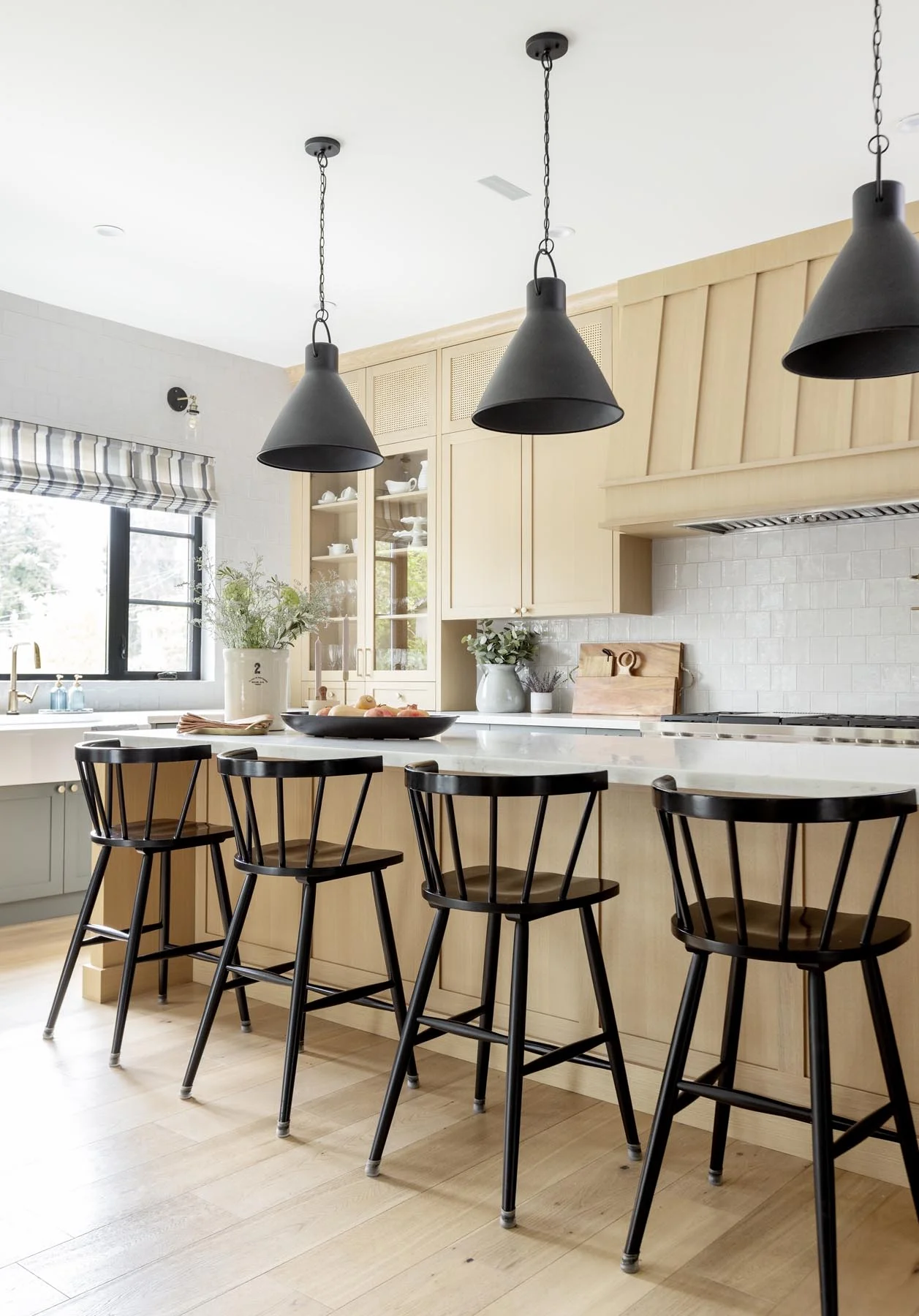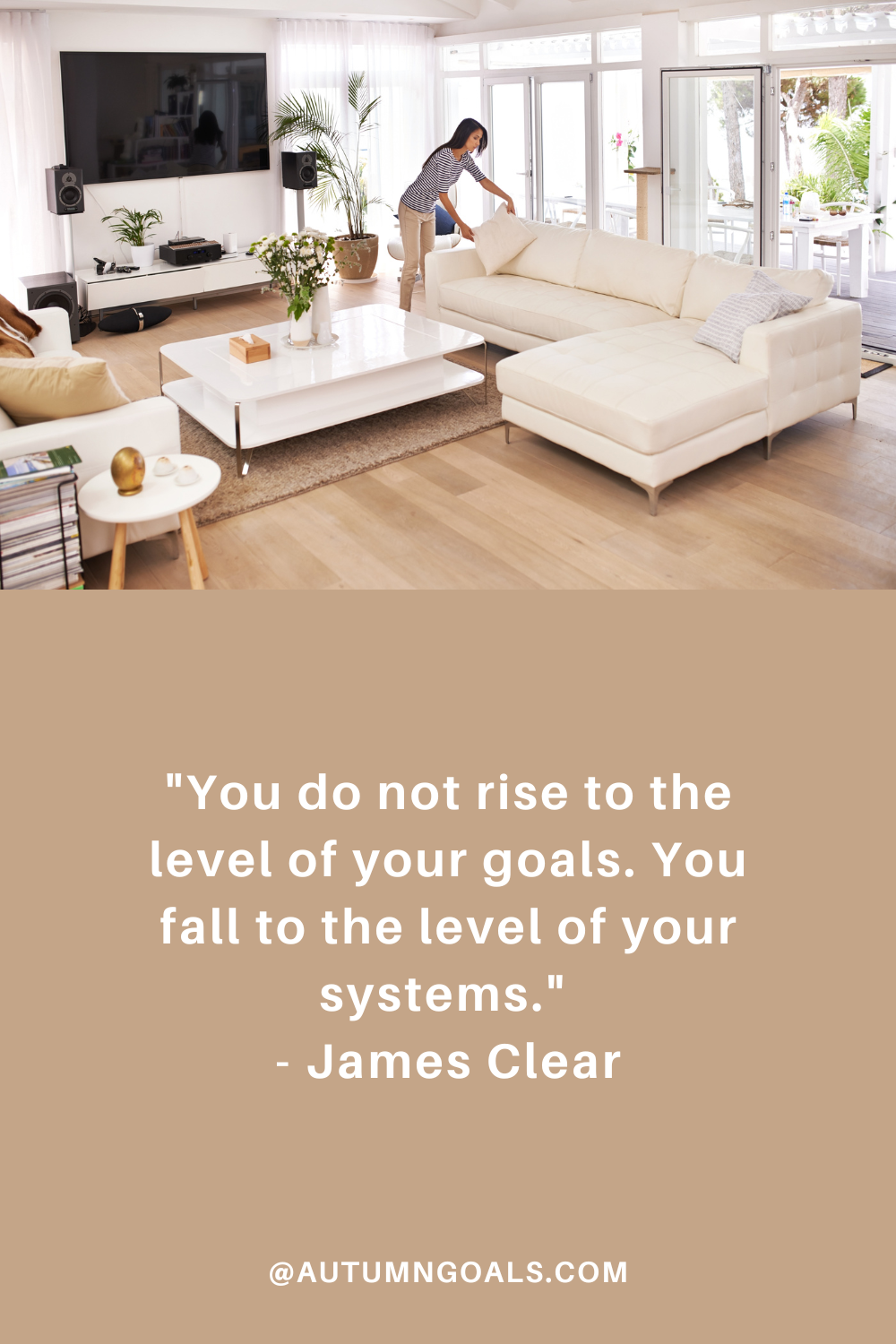Demystifying Minimalism: How to Create a Functional and Pleasant Living Space

Understanding Minimalism
Minimalism is not just a design trend; it is a lifestyle movement that encourages individuals to evaluate their possessions and priorities critically. By opting for less, people can focus more on what truly matters, such as relationships, experiences, and personal growth. The core of minimalism lies in the quest for living with intention, where every item in your home serves a specific purpose, contributing to a peaceful and fulfilling environment.
The Principles of Minimalism
At its essence, minimalism champions simplicity and utility in design and life choices. Here are some critical principles that guide this philosophy:
- Functional Spaces: In a minimalist home, every piece of furniture or decor has a designated function. For example, a coffee table may also serve as storage, combining style with practicality. This approach encourages efficient use of space, making homes more livable and organized.
- Pleasant Atmosphere: By decluttering and reducing distractions, minimalism creates a more serene home environment. Many enthusiasts report that their stress levels decrease as they embrace open spaces filled with natural light and tranquility. Imagine a living room with a single, elegant piece of art and a cozy seating area instead of a crowded assortment of knick-knacks.
- Ecological Benefits: Minimalism naturally aligns with environmental sustainability. By choosing to buy less and prioritize quality over quantity, individuals can significantly reduce waste. For instance, purchasing a durable cotton tote bag instead of single-use plastic bags helps lessen one’s carbon footprint.
Shifts in Consumer Behavior
In recent years, many Americans have started to reassess their priorities, often influenced by the tidal wave of consumerism and fast fashion. Movements like “Buy Nothing” have gained traction, encouraging communities to share and exchange goods rather than constantly purchase new items. More and more people are realizing that experiences, such as travel or quality time with family, enrich their lives far more than accumulating possessions.
Practical Steps Towards Minimalism
If you’re intrigued by the idea of minimalism, you might wonder how to begin the transformation of your living space. Here are a few practical tips:
- Start by decluttering one room at a time, keeping only items that bring you joy or serve a purpose.
- Invest in multi-functional furniture that enhances utility and space efficiency.
- Adopt a “one in, one out” policy to avoid the temptation of accumulating more items.
Your home can indeed become a functional and inviting oasis, fostering a sense of calm and clarity. As you explore minimalism, consider how this approach can help you create a sanctuary that enhances not just your living space but also your overall quality of life.

Are you prepared to take the plunge into the minimalist lifestyle? By starting small and gradually adopting these principles, you can unlock the profound benefits of simplicity, resulting in a home that aligns with your values and brings you lasting joy. Join the growing number of individuals who are embracing minimalism and transforming their lives one decluttered room at a time.
DISCOVER MORE: Click here for tips on maximizing small space functionality and style
Bringing Minimalism into Your Home
Transforming your living space into a functional and pleasant environment through minimalism may seem daunting, but it can be an invigorating and rewarding journey. By understanding the impact of your surroundings and taking tangible steps, you can simplify your life while enhancing your home. The heart of minimalism lies in recognizing that less is more; this philosophy emphasizes quality over quantity, urging you to be intentional about what you bring into your home.
Creating Your Minimalist Framework
Establishing a minimalist framework starts with a comprehensive assessment of your current lifestyle and belongings. This process involves evaluating every item in your home for its utility and emotional resonance. Consider asking yourself the following questions:
- Does this item serve a purpose? – If it is purely decorative and adds no functional value, consider letting it go.
- Does this item bring me joy? – If it doesn’t elicit any positive emotion, it may not be worth keeping.
- Do I have duplicates? – If you find that you have multiple items serving the same function, it may be time to choose your favorite and part with the rest.
By systematically working through these considerations, you can gradually create a home filled with items that truly resonate with you, leading to a more mindful existence.
Designing for Efficiency and Comfort
Once you’ve decluttered your space, the next step is to focus on design. Minimalism isn’t just about having fewer things; it’s also about design that facilitates efficiency and comfort. Here are some strategies to enhance your living space:
- Open Floor Plans: Removing unnecessary barriers in your home enhances the sense of space and light. An open layout promotes easier movement and creates a more inviting flow.
- Natural Light: Prioritize allowing natural light to flood your rooms. Adequate lighting not only brightens a space but also boosts your mood.
- Color Palettes: Choose neutral color schemes paired with occasional pops of color for accent pieces. This keeps the environment calm yet visually appealing.
These elements work together, creating an atmosphere where you can feel relaxed and centered, allowing you to thrive in your personal space.
Finding Balance Between Style and Function
Ultimately, your goal should be to achieve a beautiful balance between style and function. Minimalism allows you to curate your living space thoughtfully, ensuring that each item serves a dual purpose. For example, a stylish chair can complement your decor while also providing a comfortable seating option. Emphasizing this balance will not only influence how you perceive your surroundings but also how they impact your daily life.
As you embark on your minimalist journey, remember that the path may evolve as you do. What resonates with you today may shift tomorrow. Stay open to this ongoing process, and watch as your living space reflects your values and passions. Through careful consideration and mindful design choices, you can cultivate a functional haven that enhances your overall well-being and happiness.
Understanding the Core Principles of Minimalism
To truly embrace minimalism, one must delve into its core principles. At its essence, minimalism advocates for a lifestyle that prioritizes functionality and mindfulness. This approach allows individuals to strip away the excess, focusing on what genuinely matters in their living spaces. By doing so, you create an environment that fosters peace and clarity while decreasing distractions caused by clutter.
Practical Steps to Achieve a Minimalist Space
Creating a minimalist living space doesn’t require drastic changes overnight. Start by assessing each room and identifying items that serve no real purpose. Evaluate each piece of furniture, decor, or personal item based on its utility and sentimental value. Consider adopting a more curated approach to decor—instead of filling every corner, select a few impactful pieces that resonate with you.
In addition, embrace a neutral color palette that promotes tranquility. Soft whites, grays, and earth tones can make a space feel more expansive and serene, allowing for a more pleasant living experience. Incorporating natural elements, such as plants, not only enhances aesthetics but also contributes to better air quality and overall well-being.
| Category 1 | Category 2 |
|---|---|
| Space Optimization | Maximizes functionality by reducing clutter, allowing for better movement and accessibility. |
| Mental Clarity | Promotes a serene environment that enhances focus, creativity, and overall mental health. |
Incorporating Purpose into Design
When you approach design with the mindset of minimalism, every choice becomes intentional. Each item in your home should serve a distinct purpose or bring you joy. This intention not only creates a more harmonious living space but also encourages you to appreciate what you own, reducing the urge to accumulate more. Implementing thoughtful storage solutions can help maintain this balance, allowing for an orderly environment while still showcasing personal style.
Ultimately, the journey into minimalism is about more than surfaces; it’s a reflection of one’s values and desires for a functioning living space. As you explore the principles of minimalism, remember that creating a space that is both functional and pleasant goes beyond aesthetics—it’s about crafting a sanctuary that truly reflects who you are.
DISCOVER MORE: Click here to learn how to simplify your life
Curating Minimalism: Personal Touches That Matter
As you continue to strip away unnecessary possessions, don’t forget that minimalism is also about creating an environment that reflects your unique identity. It embraces the art of curation, where each piece you choose to keep is a reflection of who you are and what you value. Minimalism is not merely a utilitarian approach; it should resonate with your personal style and aspirations.
Incorporating Personal Artifacts
In the quest for simplicity, consider incorporating personal artifacts that tell your story. These can be travel souvenirs, family heirlooms, or even a beautiful piece of art that inspires you. Having selective but meaningful items can significantly enhance your living space without overwhelming it. They act as conversation starters and provide a sense of warmth and familiarity in an otherwise subdued environment.
- Meaningful Artwork: Invest in pieces that resonate with you. Whether it is a painting, sculpture, or photography, ensure it serves as a reminder of what you cherish.
- Sentimental Items: Instead of clutter, keep a few items that have significant personal meaning—perhaps a book that changed your perspective, or a photo album filled with cherished memories.
By selecting these pieces mindfully, you will create a space that not only feels minimalist but also deeply personal, making it a place where you truly feel at home.
Functional Furniture as Design Statements
To achieve a streamlined aesthetic, consider functional furniture that aligns with minimalism while still showcasing style. Look for items that offer multiple uses, thereby maximizing space efficiency:
- Storage Ottomans: These double as seating and storage, helping you maintain a tidy space while providing additional functionality.
- Foldable Furniture: Items that can be collapsed or reconfigured allow for flexibility depending on your daily needs and routines.
- Multi-Functional Tables: Consider coffee tables that also serve as organizers, layering functionality with aesthetic value.
Such pieces not only conserve space but also enhance your living area’s overall functionality, proving that style doesn’t have to be sacrificed for practicality.
Embracing Nature and Biophilic Design
Another significant trend in minimalism is the integration of nature into your living environment. Biophilic design emphasizes the human connection to nature and promotes well-being. You can easily incorporate elements like plants or natural materials to uplift your space:
- Indoor Plants: Incorporating greenery not only purifies the air but also adds vibrancy and life, promoting relaxation and positive energy.
- Natural Materials: Use wood, stone, or cotton in your decor. These materials bring warmth and texture to your space, strengthening the bond between your home and the outdoors.
Integrating the natural world can help create a sanctuary that feels serene and rejuvenating amid a fast-paced life.
In summary, embracing minimalism is about being intentional with your choices, prioritizing quality and meaning over sheer quantity. By thoughtfully curating your belongings and integrating aspects of your personality into your living space, you can design a functional and pleasant environment that fosters both comfort and creativity.
DISCOVER MORE: Click here to enhance your space
Conclusion: The Essence of Minimalism in Your Living Space
In the journey of demystifying minimalism, we uncover that it’s not merely about creating empty spaces but about embracing a lifestyle that prioritizes intention and purpose. By carefully selecting items that resonate with your identity, you transform your living space into a reflection of your values. Minimalism encourages you to foster an environment that is not only functional but also deeply personal and aesthetically pleasing.
As you incorporate functional furniture and biophilic design elements, your home can become a sanctuary—a place that nurtures both your well-being and creativity. The ultimate goal is to cultivate balance; too often, we find ourselves overwhelmed by excess, losing touch with what truly matters. Embracing this mindful approach allows you to streamline your surroundings while enriching your daily experiences.
In essence, minimalism invites you to engage in a dialogue with your space, encouraging a profound connection with your surroundings. As this lifestyle continues to gain momentum in the United States and beyond, consider exploring new facets of simplicity and how they can enhance your life. Whether you’re just starting this journey or seeking to deepen your minimalistic practices, there is always room for discovery and growth. Reimagine your space, embrace intentionality, and experience the transformative power of a thoughtfully curated living environment.


